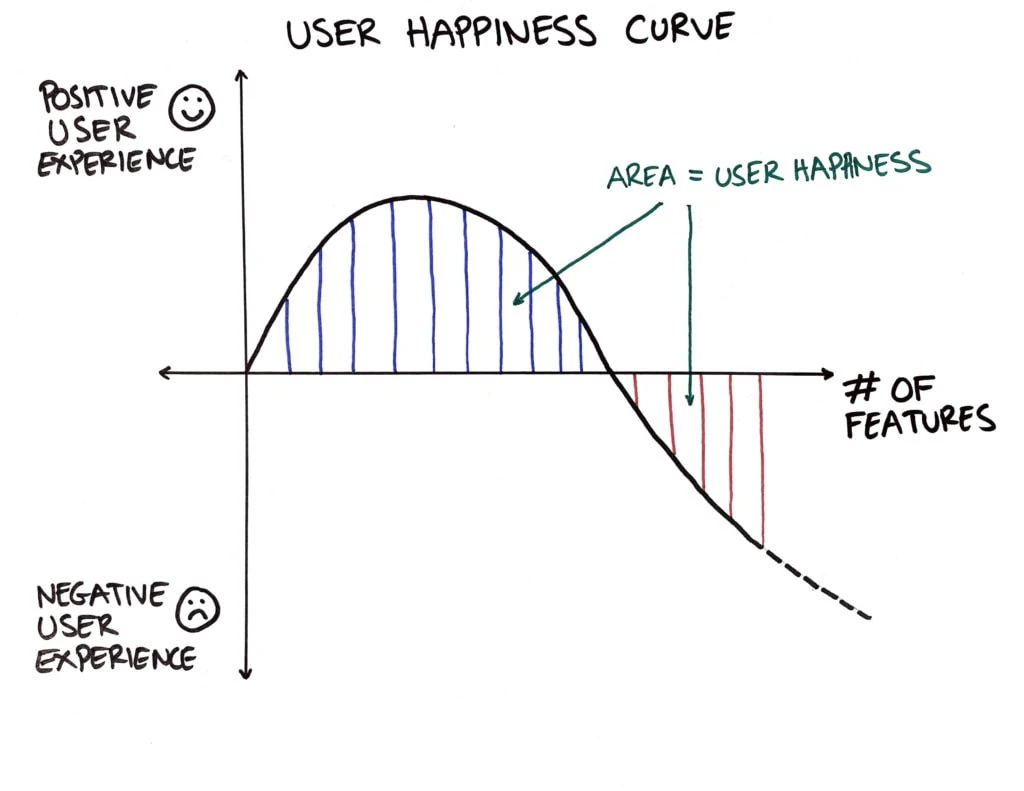Elon Musk, the CEO of Tesla, tweeted an update about a new feature that got added to Tesla’s car dashboards.

A cool, time-saving feature.
Musk frequently shares those updates, and people typically respond back to his tweets asking for more features to be added.
Here’s one of them:

For context, “Sentry Mode” is similar to a home alarm system, where a Tesla car monitors the environment around it for any suspicious behavior.
If any threat is detected (such as someone leaning on the car), the car switches to an “Alarm” state and the cameras around the car start recording video of the suspicious behavior.
According to the Tesla site, drivers would need to insert a USB drive into their car to download the video later. So the request by the Twitter user, which is not unreasonable, is to get a live feed from the cameras on their phone.
However, Musk argues that providing still images could work out, but streaming live videos would take up a lot of bandwidth.
Another user responds with a counter:

This is a real concern because in a lot of countries, unlimited data roaming isn’t the norm, and there have been horror stories of people getting ginormous bills because of uncapped data-roaming video streams.
The conversation continues:

As a counter to Musk’s counter, someone offered a solution to the data roaming/ huge bill challenge in other countries.
Musk’s response is that yes, those features can be added. However, they come at a cost.
Two costs in particular.
First, they require an investment in time and resources (both of which are scarce). The opportunity cost refers to the idea that engineers could spend their time on other more important & valuable features.
Second, adding a lot of features would result in bloatware. This adds more complexity and use-cases to the software (burden on Tesla) and adds more complexity and use-cases to the end-users (burden on the drivers).
Musk reinforces his point in a follow-up tweet that states that the “overarching goal of Tesla engineering is [to] maximize [the] area under [the] user happiness curve.”
I think this captures Tesla’s entire philosophy of adding features to their cars, and they constantly need to balance what customers say they want versus what customers really want versus a company’s internal constraints.
This applies to any product, not just cars. And CEOs, company founders, and product managers constantly have to make those tradeoffs.
“User Happiness Curve”
I have no idea what a user happiness curve is (I googled it but couldn’t find anything that reflected happiness as an area as opposed to a point on a curve), so I took a shot at trying to draw one:

Interpretation: As the number of features in a product increases, the positive experience (by the users) increases, until it hits a point where the positive experience starts decreasing (but remains positive).
Then, as you add even more features, the users flip to a negative experience, and it keeps going downhill from there.
The sum of the areas under both curves is user happiness.
To further explain, the area is positive in the positive experience section of the graph and negative in the negative experience section. So if you keep adding features, the area under the negative experience section becomes so large that it will overshadow the area under the positive experience section and result in a “negative” overall user happiness value for users.
So Musk’s comment was that Tesla tries to maximize that area under user happiness and not get to that point where adding more features would end in a counterproductive result.
Note: If there are any mathematicians or MBAs who would like to adjust/ correct any of my assumptions (or even provide a better graph that explains this), I’m all ears. You can write to me at hassan [[at]] thecouchmanager [[dot]] com
